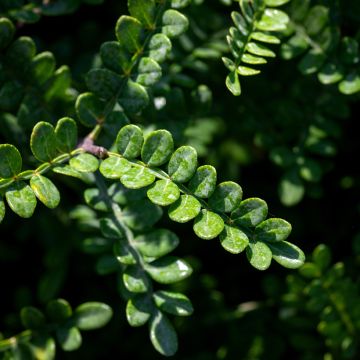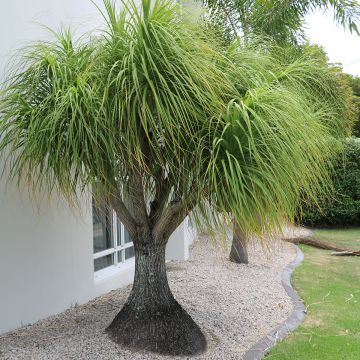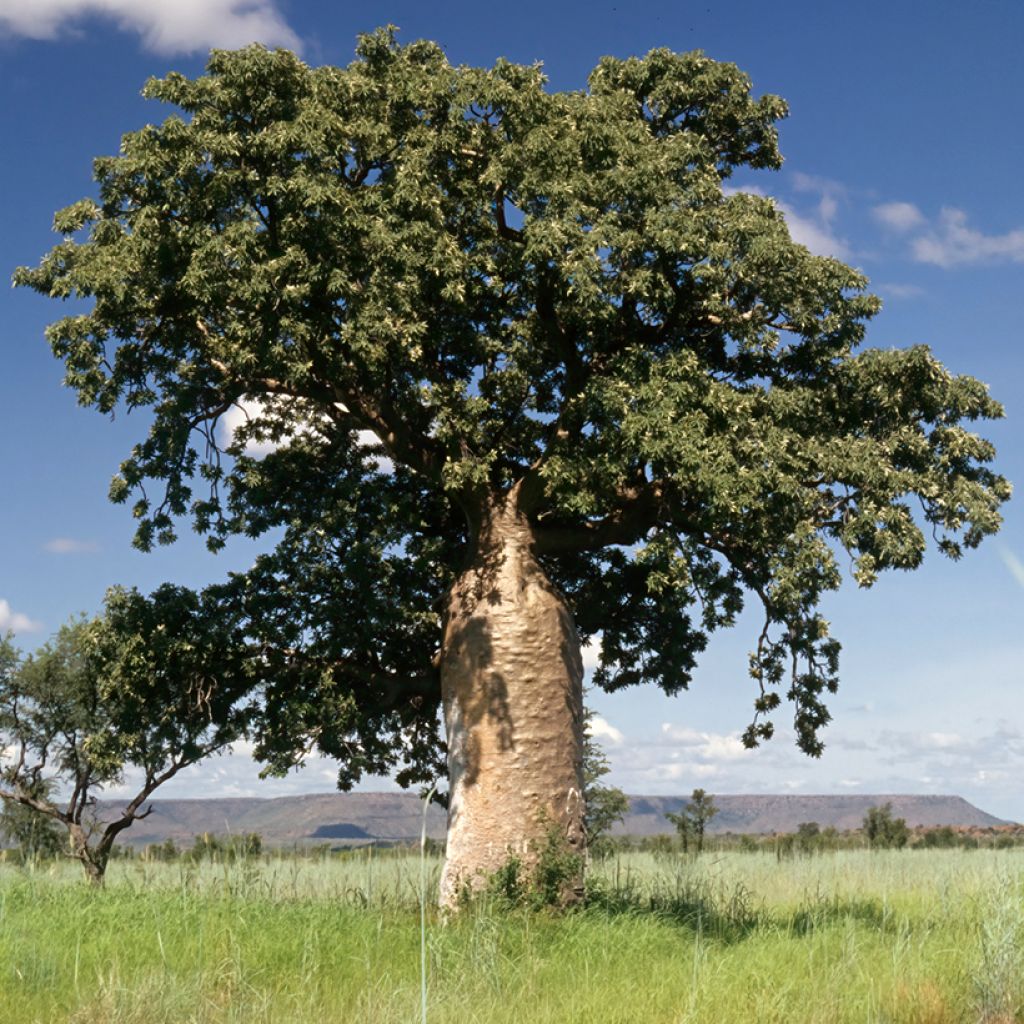

Adansonia gregorii - Boab
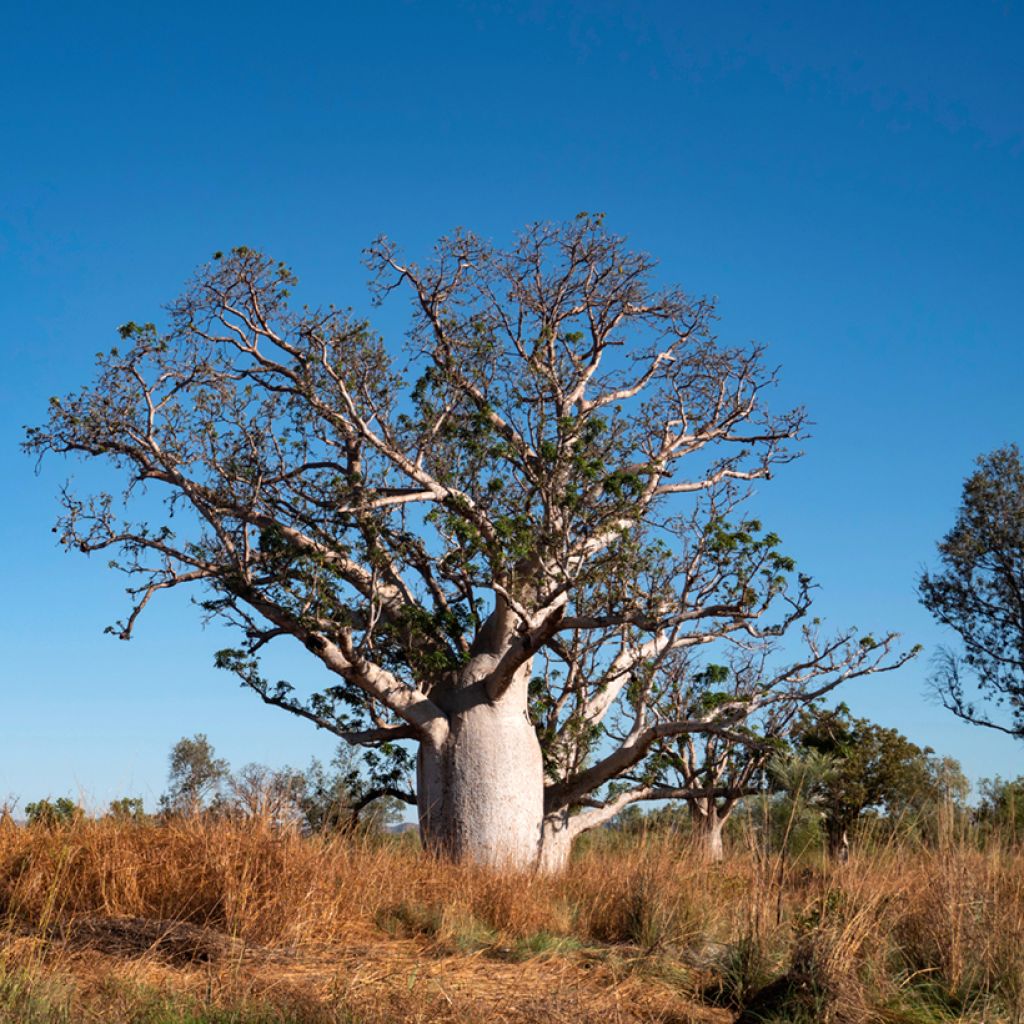

Adansonia gregorii - Boab
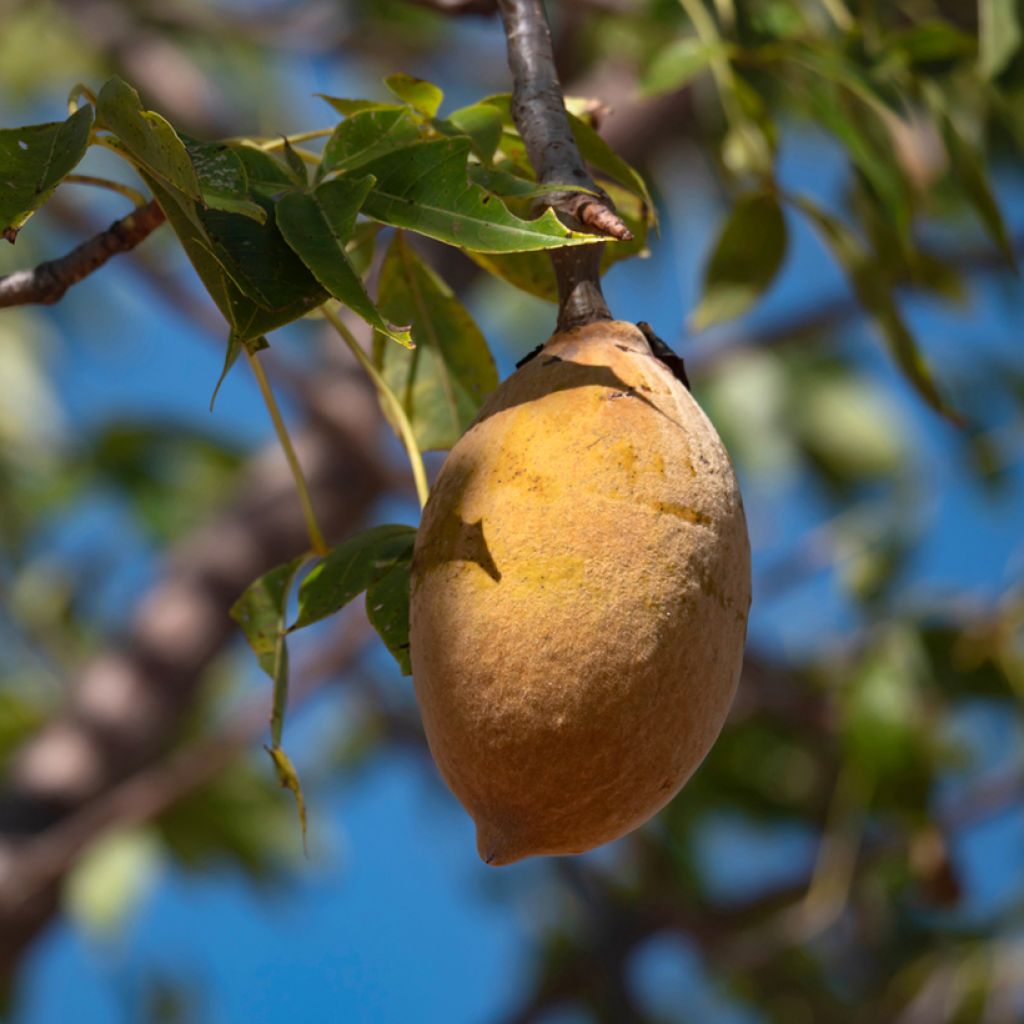

Adansonia gregorii - Boab
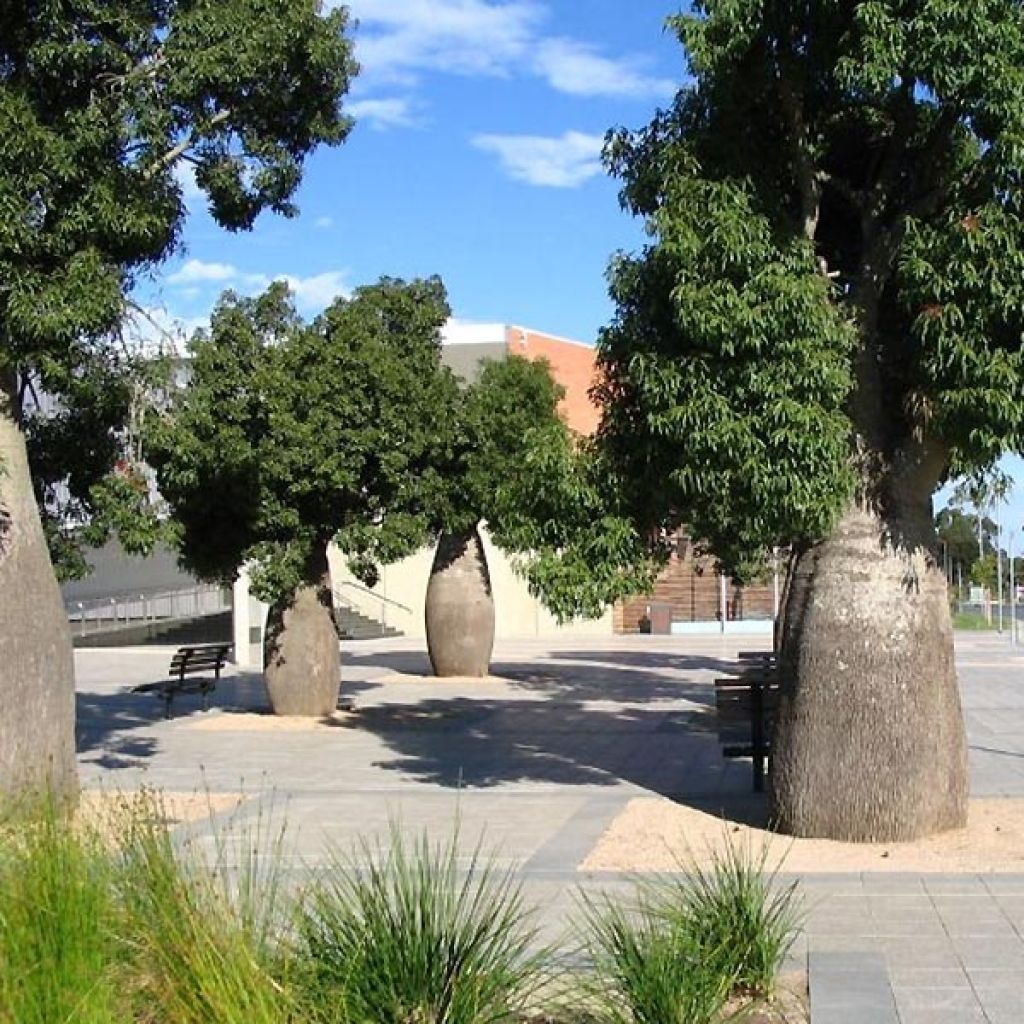

Adansonia gregorii - Boab
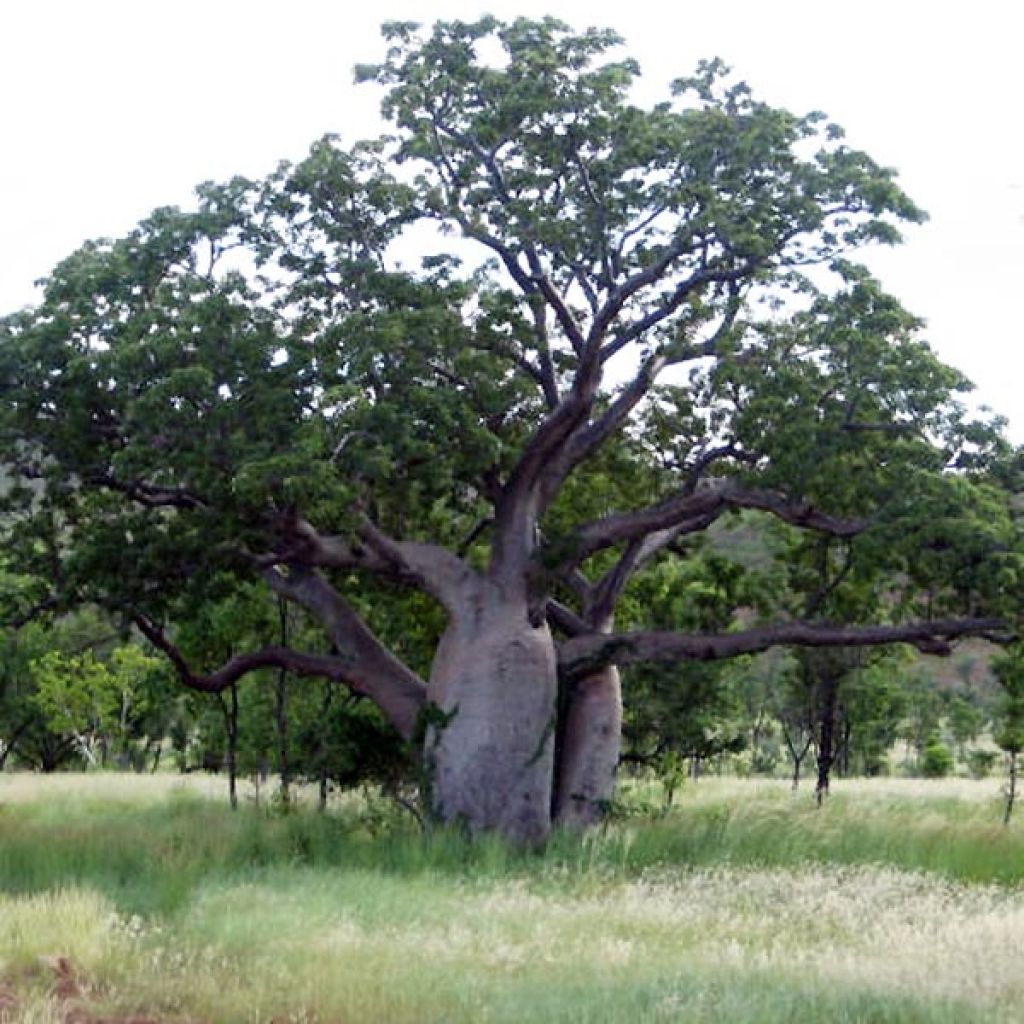

Adansonia gregorii - Boab
Adansonia gregorii - Boab
Adansonia gregorii
Boab, Australian Baobab, Australian Sour Gourd, Cream-of-Tartar Tree, Gouty Stemmed Tree, Monkey Bread Tree
Species of baobab not easy to find, even by mail order! Looking forward to March!
Jacky, 28/01/2021
Special offer!
Receive a €20 voucher for any order over €90 (excluding delivery costs, credit notes, and plastic-free options)!
1- Add your favorite plants to your cart.
2- Once you have reached €90, confirm your order (you can even choose the delivery date!).
3- As soon as your order is shipped, you will receive an email containing your voucher code, valid for 3 months (90 days).
Your voucher is unique and can only be used once, for any order with a minimum value of €20, excluding delivery costs.
Can be combined with other current offers, non-divisible and non-refundable.
This plant carries a 24 months recovery warranty
More information
We guarantee the quality of our plants for a full growing cycle, and will replace at our expense any plant that fails to recover under normal climatic and planting conditions.
Would this plant suit my garden?
Set up your Plantfit profile →
Description
Adansonia gregorii is the only baobab native to Australia. This species, although not reaching the dimensions of its famous African and Malagasy cousins, remains an imposing tree, admired for its enormous swollen trunk forming a kind of flask, topped with a large leafy crown, often irregular. While it does not flower or bear fruit in our climates, this pot-grown Baobab retains its characteristic habit and unusual charm. It can be easily grown indoors, like cacti. The baobab can be taken out on the patio or balcony as soon as the night temperatures are sufficiently high, and will be brought indoors into a heated room from September onwards.
According to classifications, Adansonia gregorii belongs to the Bombacaceae or Malvaceae family. It is an endemic tree found in a small region in northwestern Australia. This species is likely to have originated from Gondwana, the supercontinent that included Australia and Africa 70 million years ago. Some individuals can reach a venerable age. In our latitudes, this very frost-sensitive tree is grown in pots, and it is highly appreciated as an indoor bonsai.
In nature, Adansonia gregorii rarely exceeds 10 m (33ft) in height. With an occasionally irregular habit, it produces one or more swollen trunks that may or may not fuse together, reaching up to 20 m (66ft) in diameter at the base. Cultivated in a container and regularly pruned, it will not exceed 2.50 m (8ft) in height and 1.50 m (5ft) in crown width. The soft, spongy tissues inside the trunk serve as water reserves, allowing the plant to withstand long periods of drought. The bark is thick, slightly shiny, brown in colour, becoming greyer over time. From the trunk, several large main branches branch out and divide into smaller branches and twigs. The canopy is often irregular. The foliage is deciduous during the dry season, from late October to April. In our climates, it will be necessary to respect this necessary period of rest for the tree's health, to avoid rotting of the fleshy roots. The leaves are long-petioled, simple and entire on young plants, but divided into 8 or 9 leaflets on mature specimens. Their colour is a medium green. In the wild, flowering occurs on baobabs at least 10 years old, just before or at the beginning of the rainy season, in late spring. It takes the form of curious flowers borne on long pedicels. Each flower consists of a corolla of white to pale yellow sepals, with a beautiful bunch of stamens of the same colour, from which the pistil protrudes. It opens at night and is pollinated by nocturnal butterflies attracted by abundant nectar and its fragrance. After pollination, oblong-shaped fruits, covered by a thick tegument, are formed.
With its characteristic bottle-shaped silhouette, the Australian Baobab makes a very beautiful indoor plant, to be highlighted in a contemporary or exotic-inspired decor. Plant enthusiasts looking for unusual and beautiful plants can also adopt agaves, banana trees, or even the bird of paradise Strelitzia reginae to add a beautiful tropical touch to the patio or veranda decor.
Report an error about the product description
Adansonia gregorii - Boab in pictures
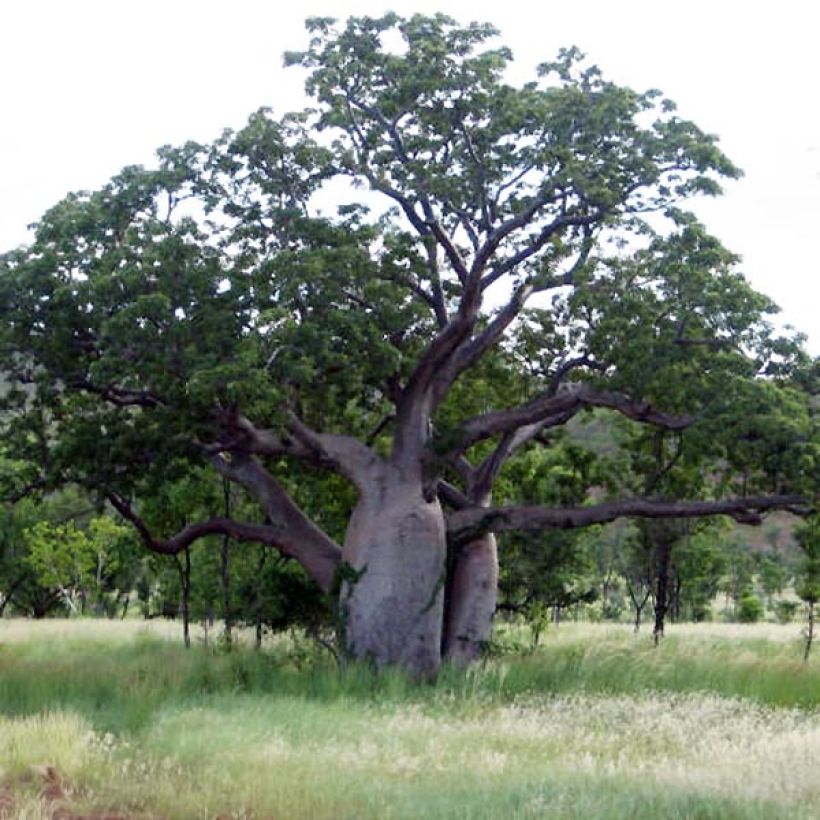

Plant habit
Flowering
Foliage
Botanical data
Adansonia
gregorii
Bombacaceae (Malvaceae)
Boab, Australian Baobab, Australian Sour Gourd, Cream-of-Tartar Tree, Gouty Stemmed Tree, Monkey Bread Tree
Australia
Other Adansonia
View all →Planting and care
Plant your Adansonia gregorii all year round. It can only be grown in a pot or container in our climate. The plant can spend the summer outside, but should be brought indoors to a very bright room as soon as night time temperatures drop below 12°C (53.6°F). Indeed, the baobab is a tree of a very hot climate, governed by two very distinct seasons: the rainy season, from May to September-October, and the dry season from November to April. It cannot tolerate any frost and requires a long period of rest, in a dry environment.
The baobab requires a very well-draining, sandy, or rocky soil. You can use a cactus soil mix, and a large pot measuring 30 to 40 cm (12 to 16in) in all directions, with drainage holes at the bottom. Do not put a saucer under the pot. The baobab should be placed in a very sunny location from May to September-October. Able to store water when it is available, it requires very limited and seasonal watering: once a week with a little fertiliser from May until the leaves fall in autumn, and almost no watering from November to April, a period in which it lives off its reserves. Without a dry period, the roots rot, leading to the death of the plant. This small tree is not affected by the dry air in our heated homes and apartments. It tolerates pruning well, which helps to limit its growth: shortening the branches allows the trunk to grow faster. By pinching the tips of young shoots, it will branch out more quickly.
Indoors, be careful of attacks by mites. Simply spray the foliage to make them disappear.
Planting period
Intended location
Care
-
, onOrder confirmed
Reply from on Promesse de fleurs
Haven't found what you were looking for?
Hardiness is the lowest winter temperature a plant can endure without suffering serious damage or even dying. However, hardiness is affected by location (a sheltered area, such as a patio), protection (winter cover) and soil type (hardiness is improved by well-drained soil).

Photo Sharing Terms & Conditions
In order to encourage gardeners to interact and share their experiences, Promesse de fleurs offers various media enabling content to be uploaded onto its Site - in particular via the ‘Photo sharing’ module.
The User agrees to refrain from:
- Posting any content that is illegal, prejudicial, insulting, racist, inciteful to hatred, revisionist, contrary to public decency, that infringes on privacy or on the privacy rights of third parties, in particular the publicity rights of persons and goods, intellectual property rights, or the right to privacy.
- Submitting content on behalf of a third party;
- Impersonate the identity of a third party and/or publish any personal information about a third party;
In general, the User undertakes to refrain from any unethical behaviour.
All Content (in particular text, comments, files, images, photos, videos, creative works, etc.), which may be subject to property or intellectual property rights, image or other private rights, shall remain the property of the User, subject to the limited rights granted by the terms of the licence granted by Promesse de fleurs as stated below. Users are at liberty to publish or not to publish such Content on the Site, notably via the ‘Photo Sharing’ facility, and accept that this Content shall be made public and freely accessible, notably on the Internet.
Users further acknowledge, undertake to have ,and guarantee that they hold all necessary rights and permissions to publish such material on the Site, in particular with regard to the legislation in force pertaining to any privacy, property, intellectual property, image, or contractual rights, or rights of any other nature. By publishing such Content on the Site, Users acknowledge accepting full liability as publishers of the Content within the meaning of the law, and grant Promesse de fleurs, free of charge, an inclusive, worldwide licence for the said Content for the entire duration of its publication, including all reproduction, representation, up/downloading, displaying, performing, transmission, and storage rights.
Users also grant permission for their name to be linked to the Content and accept that this link may not always be made available.
By engaging in posting material, Users consent to their Content becoming automatically accessible on the Internet, in particular on other sites and/or blogs and/or web pages of the Promesse de fleurs site, including in particular social pages and the Promesse de fleurs catalogue.
Users may secure the removal of entrusted content free of charge by issuing a simple request via our contact form.
The flowering period indicated on our website applies to countries and regions located in USDA zone 8 (France, the United Kingdom, Ireland, the Netherlands, etc.)
It will vary according to where you live:
- In zones 9 to 10 (Italy, Spain, Greece, etc.), flowering will occur about 2 to 4 weeks earlier.
- In zones 6 to 7 (Germany, Poland, Slovenia, and lower mountainous regions), flowering will be delayed by 2 to 3 weeks.
- In zone 5 (Central Europe, Scandinavia), blooming will be delayed by 3 to 5 weeks.
In temperate climates, pruning of spring-flowering shrubs (forsythia, spireas, etc.) should be done just after flowering.
Pruning of summer-flowering shrubs (Indian Lilac, Perovskia, etc.) can be done in winter or spring.
In cold regions as well as with frost-sensitive plants, avoid pruning too early when severe frosts may still occur.
The planting period indicated on our website applies to countries and regions located in USDA zone 8 (France, United Kingdom, Ireland, Netherlands).
It will vary according to where you live:
- In Mediterranean zones (Marseille, Madrid, Milan, etc.), autumn and winter are the best planting periods.
- In continental zones (Strasbourg, Munich, Vienna, etc.), delay planting by 2 to 3 weeks in spring and bring it forward by 2 to 4 weeks in autumn.
- In mountainous regions (the Alps, Pyrenees, Carpathians, etc.), it is best to plant in late spring (May-June) or late summer (August-September).
The harvesting period indicated on our website applies to countries and regions in USDA zone 8 (France, England, Ireland, the Netherlands).
In colder areas (Scandinavia, Poland, Austria...) fruit and vegetable harvests are likely to be delayed by 3-4 weeks.
In warmer areas (Italy, Spain, Greece, etc.), harvesting will probably take place earlier, depending on weather conditions.
The sowing periods indicated on our website apply to countries and regions within USDA Zone 8 (France, UK, Ireland, Netherlands).
In colder areas (Scandinavia, Poland, Austria...), delay any outdoor sowing by 3-4 weeks, or sow under glass.
In warmer climes (Italy, Spain, Greece, etc.), bring outdoor sowing forward by a few weeks.






























